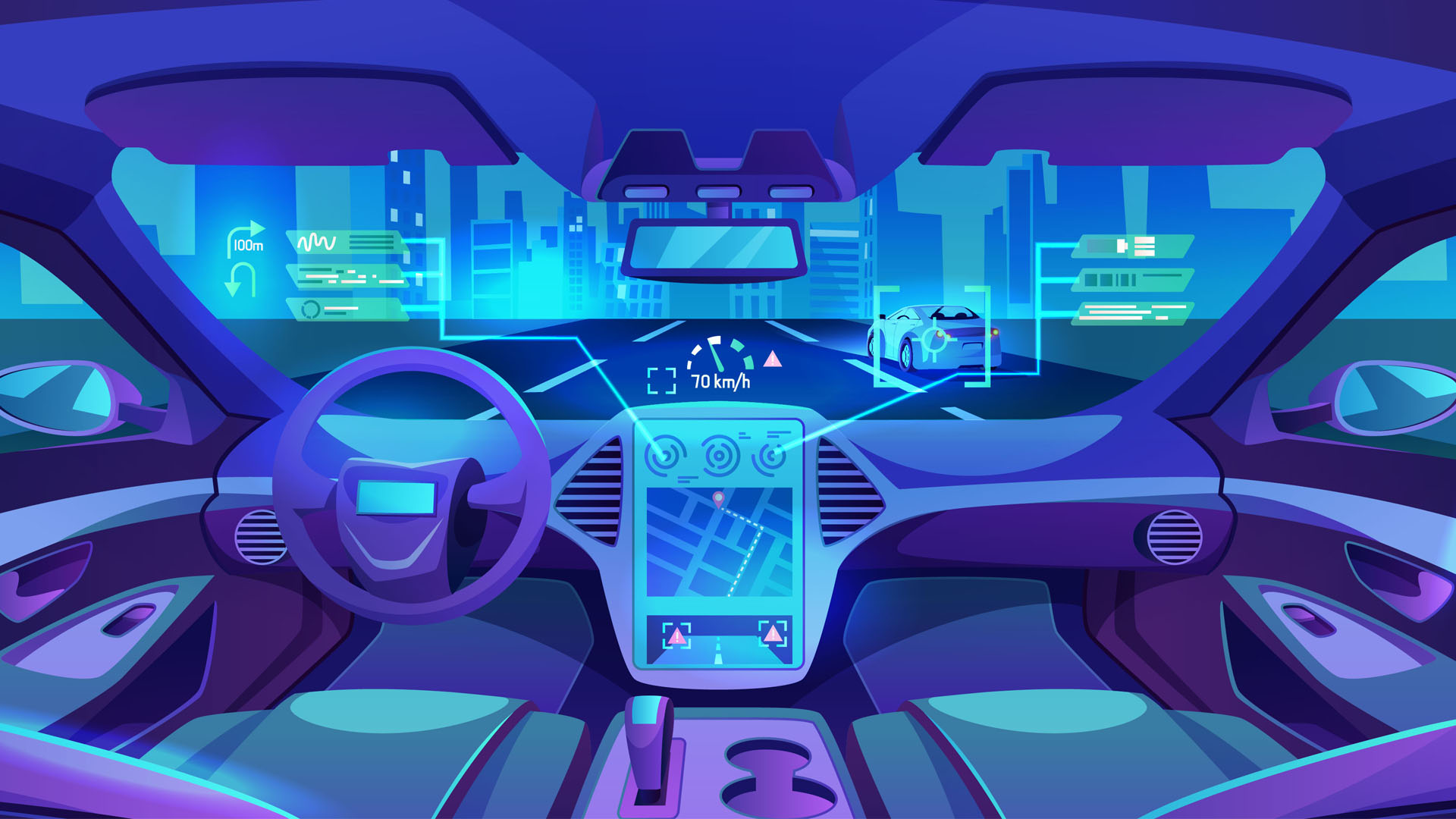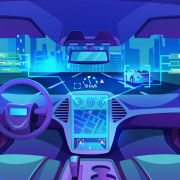The Future of Smart Cockpit: Connectivity, Entertainment, and Productivity

Smart cockpit has always been a focal point of the modern automotive industry, representing the application of technology and innovation within the vehicle’s interior. In the future, this field is poised for even more transformation, elevating connectivity, entertainment, and productivity to unprecedented heights.
The Smart Cockpit System
The next generation of smart cockpit design will reinforce vehicle control, driver assistance, intuitive operation, and seamless integration of electronic devices within the car, facilitated through network connectivity. This would encompass Digital Cluster, Heads-up Display (HUD), In-vehicle Infotainment Systems, and Advanced Driver Assistance Systems (ADAS). The smart cockpit aims to provide a safer, more intelligent, and convenient experience for both drivers and passengers, driving the automotive industry towards a smarter and more advanced future.
The Future of Connectivity
The future of smart cockpit will be marked by enhanced connectivity, not only within the vehicle but also with the external world. Vehicles will have real-time communication capabilities, interacting with other vehicles, traffic infrastructure, and smart city systems to optimize traffic flow. This connectivity will also extend to the passenger experience, allowing drivers and passengers to connect to the vehicle remotely, controlling functions such as pre-conditioning the interior environment through smartphones or other devices.
The Future of Entertainment
The future smart cockpit will serve as the epicenter of entertainment. Multimedia screens, high-quality audio systems, and multifunctional entertainment systems will enable drivers and passengers to enjoy a wide range of entertainment options during their journeys. Long road trips can become opportunities to watch movies, listen to music, or play video games, even during traffic congestion. These entertainment systems will be internet-connected, offering users access to various streaming content and applications.
The Future of Productivity
The future of smart cockpit extends beyond entertainment to boost productivity. Vehicles will transform into mobile offices, allowing drivers to handle emails, participate in video conferences, and even complete work reports while on the road. This will be particularly valuable for business travelers and those facing long commutes. Smart cockpit will offer a comfortable working environment, effectively converting travel time into increased productivity.
The Future of Safety
As smart cockpit evolves, safety remains a top priority. Future vehicles will be equipped with advanced safety systems, including automatic emergency braking, traffic sign recognition, and active braking systems, to ensure the safety of drivers and passengers. Additionally, connectivity will enable vehicles to receive real-time traffic and road condition information, assisting drivers in avoiding accidents.
The Future of Sustainability
The future of smart cockpit aligns closely with sustainability. Electric vehicle (EV) is set to become mainstream, and smart cockpit of the future will employ eco-friendly energy management systems to reduce environmental impact. Energy efficiency will be a key focus, with vehicles intelligently managing energy to achieve longer driving ranges.
Conclusion
The future of smart cockpit holds limitless possibilities. Connectivity, entertainment, productivity, safety, and sustainability are poised to be the major trends driving future developments. This will enable drivers and passengers to enjoy a richer in-car experience while achieving higher levels of safety and environmental performance. As technology continues to evolve, we can expect smart cockpits to redefine the way we travel in the coming years, whether it be in autonomous vehicles or traditional automobiles.





